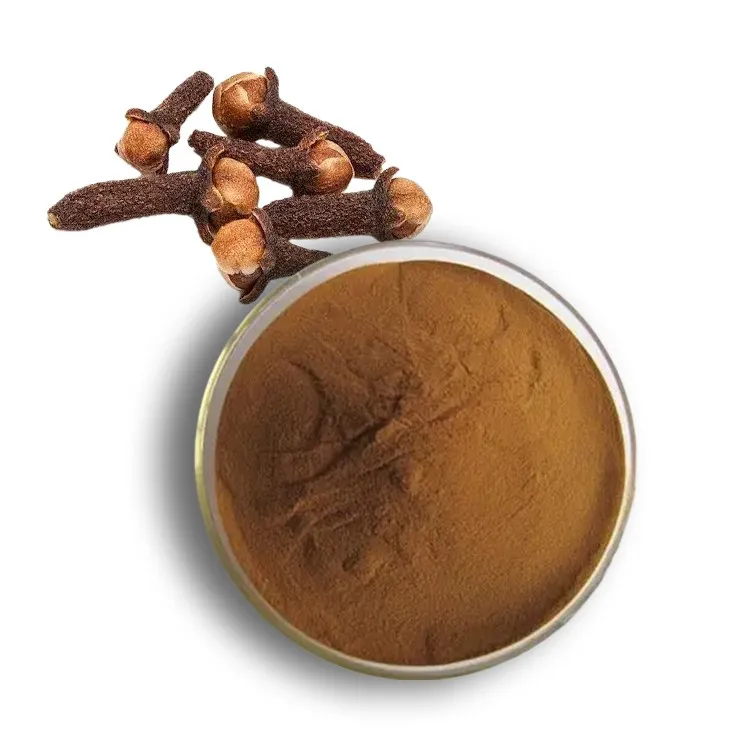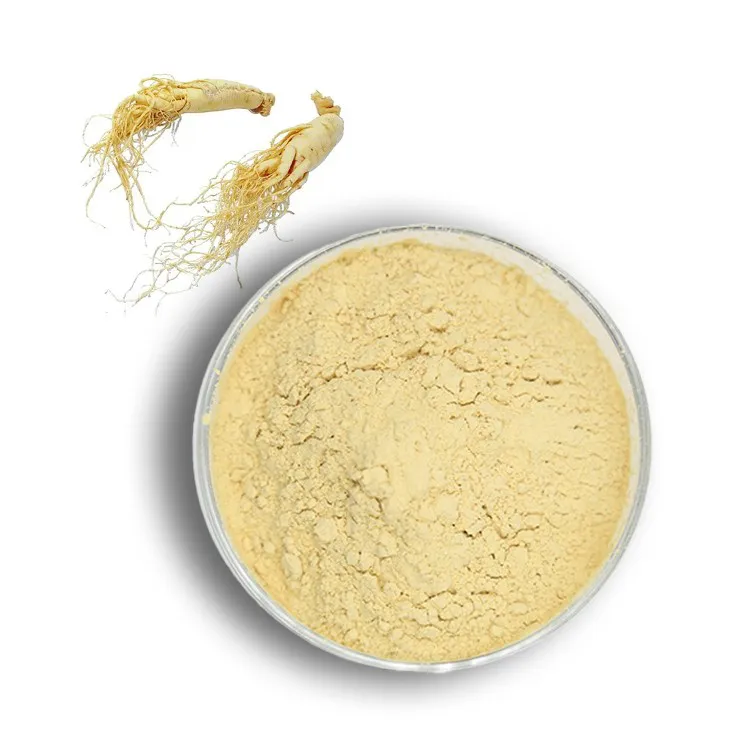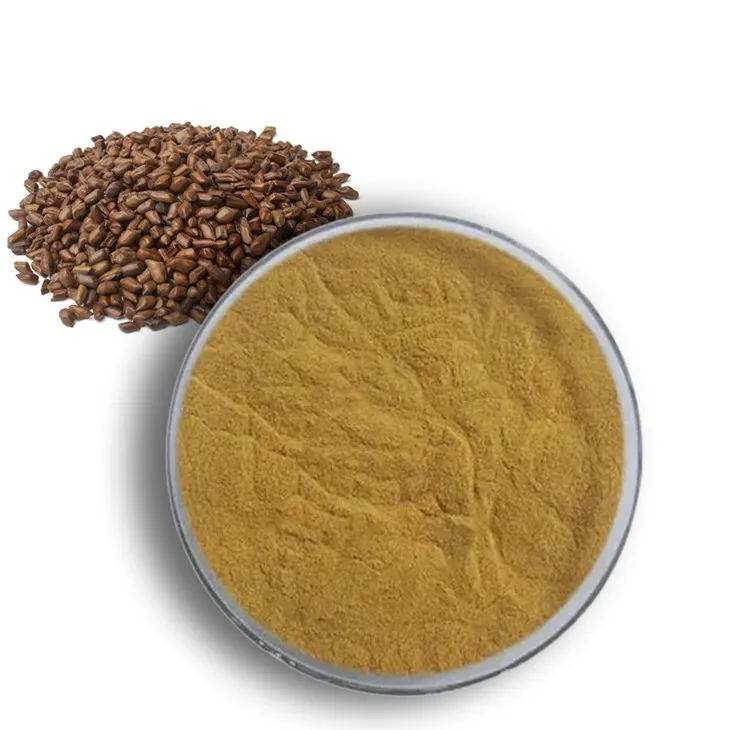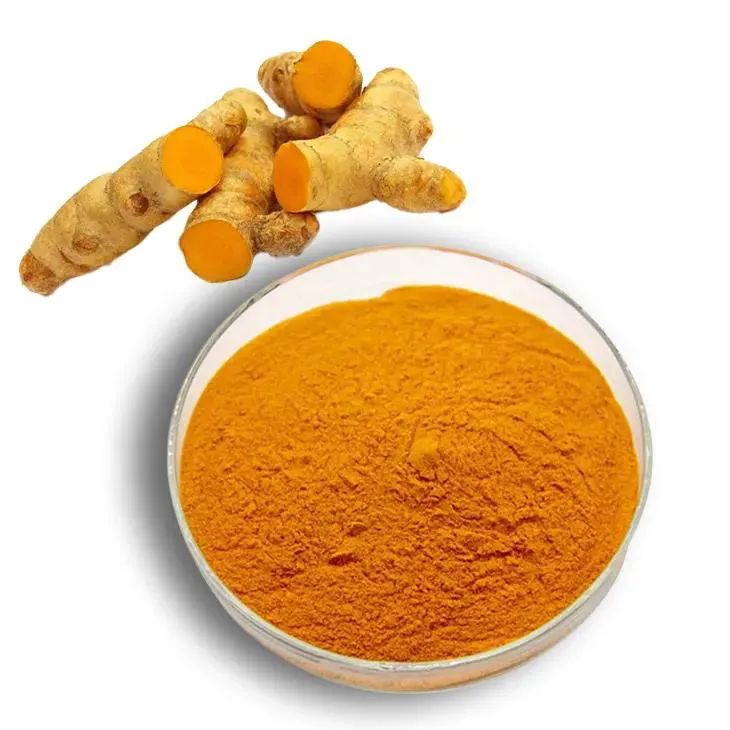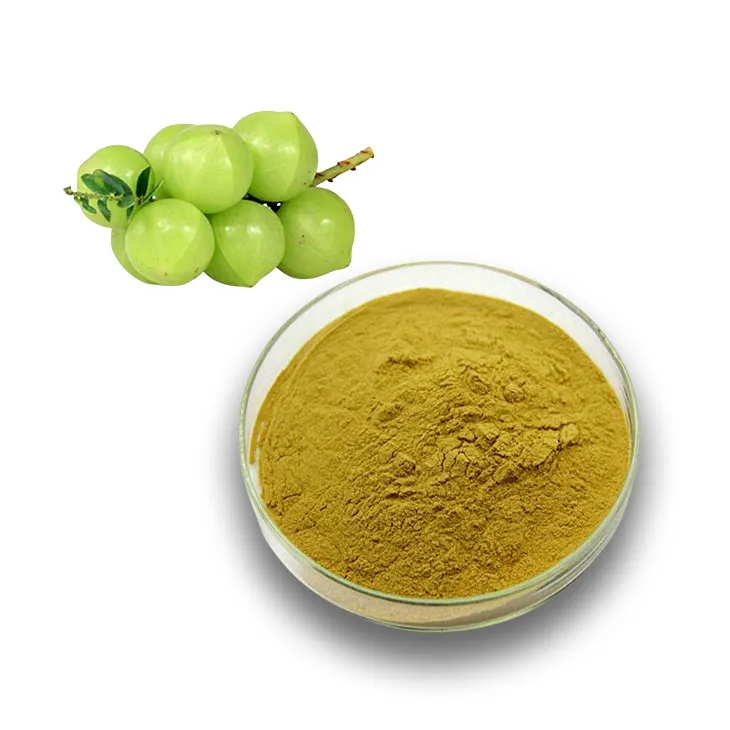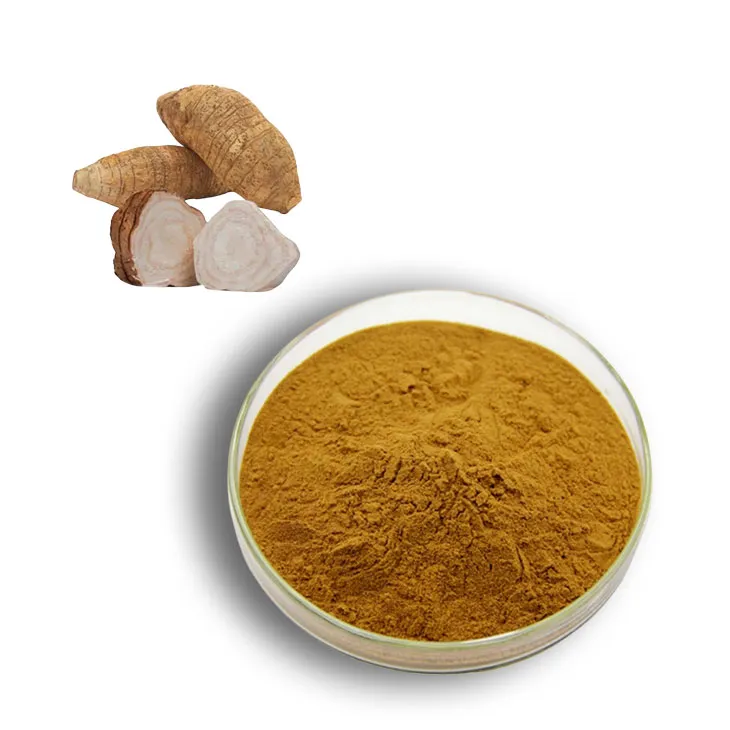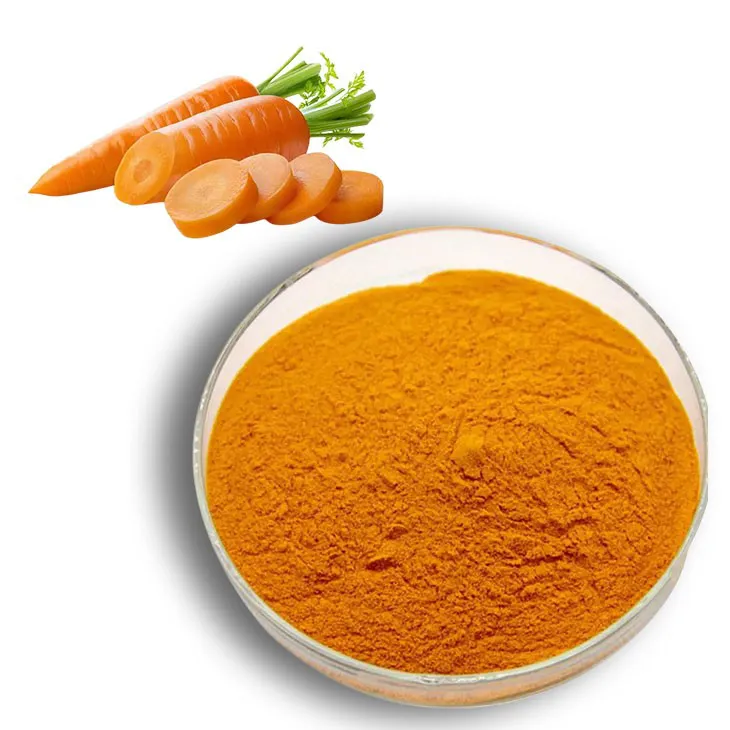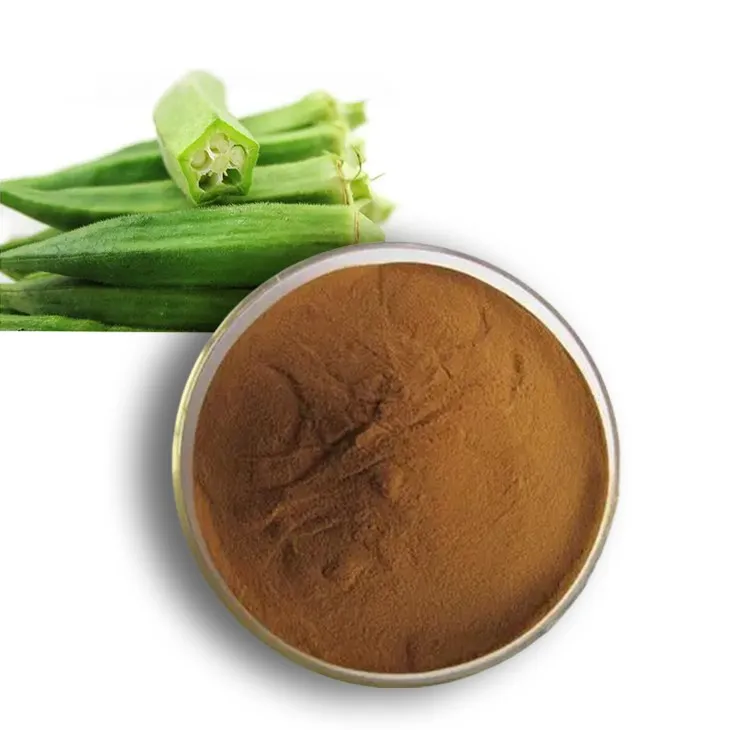- 0086-571-85302990
- sales@greenskybio.com
Is Red Wine Alcohol-Free?
2025-08-07
Red wine has long been associated with elegance, sophistication, and rich cultural traditions across the globe. Whether enjoyed at a family dinner in France, a celebration in Italy, or a wine-tasting event in California, red wine is beloved for its complex flavors and potential health benefits. However, with increasing focus on personal health and wellness, many people around the world are asking: Is red wine alcohol-free? This comprehensive article will explore the answer, discuss the science and regulations behind wine and alcohol, review the rise of non-alcoholic alternatives, and offer insights for wine enthusiasts, the health-conscious, and global consumers alike.
Understanding the Basics: What is Red Wine?
Red wine is a fermented beverage made primarily from dark grape varieties. Its color and flavor come from grape skins, which are included during the fermentation process. During fermentation, natural sugars in the grape juice are metabolized by yeast, producing ethyl alcohol (ethanol) and giving red wine its alcoholic content. The resulting alcohol percentage typically ranges from 8% to 16% alcohol by volume (ABV), based on grape type, region, and winemaking techniques.
By definition, traditional red wine contains alcohol. It is this fundamental aspect that distinguishes red wine from grape juice or other non-alcoholic beverages.
Is Standard Red Wine Alcohol-Free?
The simple answer is no—traditional red wine is not alcohol-free. Its very identity depends on fermentation, which creates alcohol as a byproduct. Internationally, legal definitions further support this:
• United States: For a beverage to be labeled "wine," it must contain more than 0.5% ABV.
• European Union: The minimum alcohol content for grape wine is usually 8.5% ABV, with some regional exceptions.
In all major wine-producing countries—France, Italy, Spain, Australia, United States, and South Africa—ordering standard red wine means you are consuming an alcoholic beverage.
What About “Alcohol-Free” or “Non-Alcoholic” Red Wine?
Health trends, religious beliefs, and personal preferences have all contributed to the growing demand for reduced-alcohol and alcohol-free options. To meet this need, winemakers now produce non-alcoholic or "alcohol-free" red wines that mimic the flavors of classic reds without the intoxicating effects.
What Does “Alcohol-Free” Mean?
Definitions vary by country, but the following guidelines are generally observed:
• Alcohol-Free: Contains less than 0.05% ABV.
• Dealcoholized Wine: Most alcohol is removed, usually resulting in up to 0.5% ABV.
• Low-Alcohol Wine: Usually contains up to 1.2% ABV, subject to local laws.
It’s important to understand that these wines are not completely devoid of alcohol. Trace amounts may persist due to production methods, but the levels are so low that, for most people, they can be considered non-alcoholic.
How is Non-Alcoholic Red Wine Made?
The process begins with the standard winemaking method—crushing, fermenting, and aging grapes. After that, winemakers employ special techniques to remove the alcohol, including:
• Vacuum Distillation: Uses low temperatures to gently evaporate alcohol, preserving the wine’s delicate aromas.
• Reverse Osmosis: Passes wine through membranes to selectively eliminate alcohol and water, before recombining the essential components.
• Spinning Cone Column: Separates and extracts alcohol under low pressure, retaining flavor and aroma compounds.
The result is a beverage that closely mimics the look, aroma, and taste of traditional red wine, but with a negligible amount of alcohol.
Why Read the Label Matters
Because terminology and regulations differ, it is essential to read product labels carefully. Terms such as "alcohol-free," "dealcoholized," and "low-alcohol" are regulated and may mean different things depending on where you live:
• USA and UK: "Alcohol-free" must have less than 0.05% ABV; "dealcoholized" means less than 0.5% ABV.
• European Union: Similar categories, with slight variations by member country.
If you avoid alcohol for medical, religious, or personal reasons, always check the specific ABV on the bottle.
Who Prefers Alcohol-Free Red Wine?
Demand for alcohol-free options is booming worldwide. Typical consumers include:
• Health-conscious individuals reducing alcohol or calorie intake without losing out on wine flavors.
• Pregnant women seeking beverage alternatives that are safe for both mother and baby.
• Designated drivers or professionals who must remain sober due to occupation or safety considerations.
• People with health concerns, such as liver disease or those on medication incompatible with alcohol.
• Individuals with religious or cultural prohibitions surrounding alcohol.
Alcohol-free wines have become especially popular in markets such as North America, Europe, the Middle East, and East Asia, reflecting diverse global and geographic influences on drinking habits.
Are Alcohol-Free Red Wines Widely Available?
As consumer interest surges, the availability of alcohol-free red wines is expanding globally. Today, leading wine-producing countries—including France, Spain, Italy, Australia, and South Africa—offer a wide variety of non-alcoholic reds. New brands specializing in these products have emerged, with increased presence both online and in supermarkets.
Availability can vary by region:
• Middle Eastern countries may stock a broader range of alcohol-free products due to religious requirements.
• Western markets often focus on health and wellness trends.
• Some Asian countries offer imported options due to changing lifestyles and social preferences.
Health Benefits of Non-Alcoholic Red Wine
Many of the health benefits associated with red wine—such as cardiovascular protection and antioxidant effects—are linked to natural compounds like resveratrol and other polyphenols found in grape skins. These components remain present in many alcohol-free versions, since the dealcoholization process removes ethanol but retains much of the wine’s beneficial content.
However, moderation is key. Some alcohol-free wines compensate for the loss of body and texture by adding sugar. Always check labels for nutritional information and added ingredients to ensure your beverage meets your health goals.
Key Differences Between Standard and Non-Alcoholic Red Wine
• Alcohol content: Traditional red wine contains 8–16% ABV; alcohol-free red wine contains less than 0.5% ABV.
• Taste: Alcohol-free wines are often sweeter or have a slightly different mouthfeel due to the absence of ethanol.
• Health: Alcohol-free wines allow consumption of polyphenols and antioxidants without ethanol’s negative effects. Watch for added sugars or preservatives.
• Regulation: Definitions and labeling requirements vary by region.
Making the Right Choice for You
So, is red wine alcohol-free? In its conventional form, red wine always contains alcohol. However, thanks to both technological advances and shifting consumer preferences, a variety of dealcoholized or alcohol-free red wines are now available worldwide.
Key Points to Remember:
• Traditional red wine is always alcoholic—typically containing 8–16% ABV.
• Non-alcoholic and dealcoholized options exist and usually have less than 0.5% ABV.
• Check the label carefully to distinguish between alcohol-free, dealcoholized, and low-alcohol wines.
• Alcohol-free red wine options are increasingly available globally to suit various health, cultural, and lifestyle needs.
• Non-alcoholic red wines can offer many of the same flavors and health benefits, but always examine the nutritional information.
Conclusion
Red wine in its classic form contains alcohol and will always be classified as an alcoholic beverage. However, for those seeking to enjoy the rich flavors and social experiences associated with wine—without the effects of alcohol or for health, religious, or professional reasons—there are more alcohol-free and dealcoholized red wines available than ever before. These innovative products are bridging cultural and lifestyle divides, making it easier for everyone to savor this iconic beverage.
As trends continue to evolve and the global palate becomes more diverse, consumers can look forward to an ever-richer landscape of red wine choices—both with and without alcohol. Always remember to drink responsibly, be informed about what’s in your glass, and enjoy the unique world of red wine in a way that best suits your lifestyle, health, and cultural values.
- ▶ Hesperidin
- ▶ Citrus Bioflavonoids
- ▶ Plant Extract
- ▶ lycopene
- ▶ Diosmin
- ▶ Grape seed extract
- ▶ Sea buckthorn Juice Powder
- ▶ Fruit Juice Powder
- ▶ Hops Extract
- ▶ Artichoke Extract
- ▶ Mushroom extract
- ▶ Astaxanthin
- ▶ Green Tea Extract
- ▶ Curcumin
- ▶ Horse Chestnut Extract
- ▶ Other Product
- ▶ Boswellia Serrata Extract
- ▶ Resveratrol
- ▶ Marigold Extract
- ▶ Grape Leaf Extract
- ▶ New Product
- ▶ Aminolevulinic acid
- ▶ Cranberry Extract
- ▶ Red Yeast Rice
- ▶ Red Wine Extract
-
Clove Powder
2025-08-07
-
Ginseng Root Extract
2025-08-07
-
Cassia Seed Extract
2025-08-07
-
Soy Extract
2025-08-07
-
Curcuma Longa Extract
2025-08-07
-
Sophora Japonica Flower Extract
2025-08-07
-
Phyllanthus Emblica Extract
2025-08-07
-
Pueraria Lobata Extract
2025-08-07
-
Beta Carotene
2025-08-07
-
Okra Extract
2025-08-07











